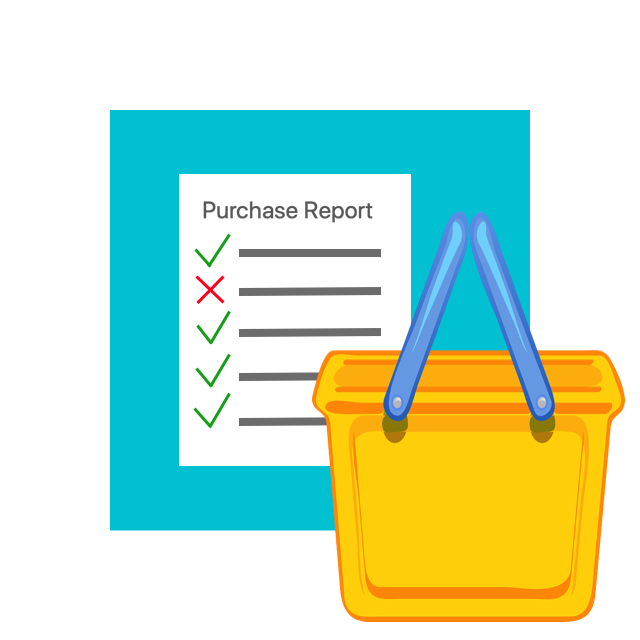Allergy News
Read about all the latest research and advancements going on in the food allergy community.
Friday, March 24th 2023
Where do sesame seeds come from Heres how they grow and who havests them
by USA Today
This means that packaged food must list sesame as an allergen just as they do peanuts, wheat, milk, eggs, soybeans and other common culprits. About 1.1 million people in the U.S. have a sesame allergy, and 17% of children with other food allergies are ...
READ ARTICLE HIDE ARTICLE
Sesame seeds joined the major food allergens list under U.S. Food and Drug Administration guidelines as of January 1, 2023. This means that packaged food must list sesame as an allergen just as they do peanuts, wheat, milk, eggs, soybeans and other common culprits.
About 1.1 million people in the U.S. have a sesame allergy, and 17% of children with other food allergies are also allergic to sesame.
Sesame makes its mark in many global food products, from sesame oil to bagel toppings to crackers. Long before they reach our pantry, here’s how sesame seeds grow.
Sesame seeds are grown in pods in sesame plants, one of the oldest cultivated plants in the world. Sesame is known as a “survivor” crop because it is drought tolerant and can grow in hot and dry conditions, the U.S. Department of Agriculture’s Marketing Resource Center reports.
According to the Food and Agriculture Organization of the United Nations, these countries were the top 10 producers of sesame seed from 1994-2021:
Only about 4.3% of sesame seed production happens in North and South America. In fact, sesame production dates to 1600 BC in the Tigris and Euphrates valleys but was only introduced to the U.S. some 200 years ago by slave traders. At the time, it was called “benne,” the African word for sesame.
Today, sesame production in the U.S. mainly occurs in southern states because of the warmer climate – Texas, Oklahoma, Kansas and Florida.
Would you believe us if we said sesame seeds grow into more sesame seeds?
It’s true – planting sesame seeds yields a two-foot-tall, leafy sesame plant with light-colored flowers. Seeds develop in inch-long pods that open when they’re mature, or within 125-135 days of planting. Sesame seeds are ready for harvesting when they drop their leaves and begin to dry, usually around October.
Learn More from USA Today
Have an opinion on this news article?






